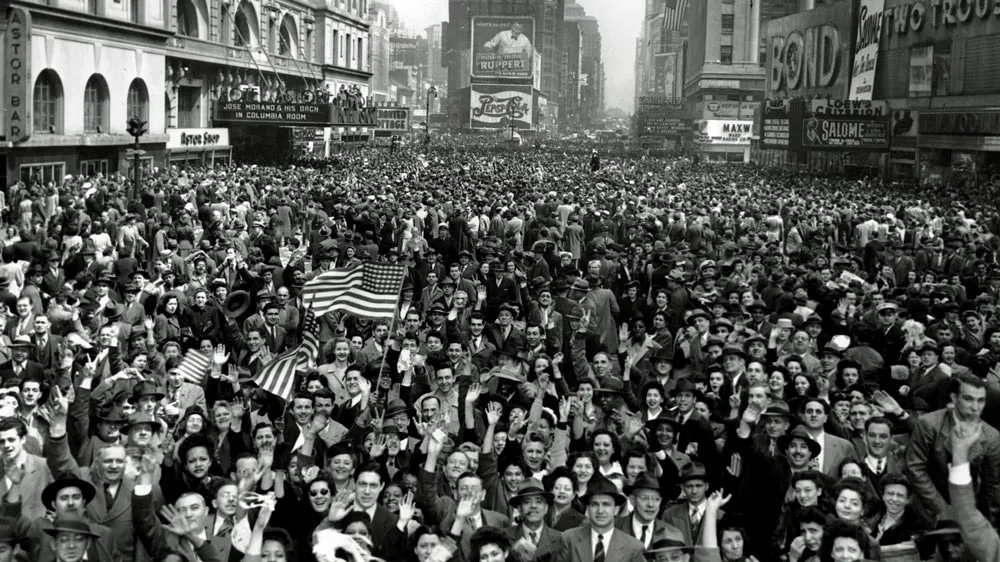January 1, 2014
Lung Cancer Scans Urged for Some Smokers, Not All
Winnie McCroy READ TIME: 2 MIN.
Certain current or former heavy smokers should start getting yearly scans for lung cancer to cut their risk of death from the nation's top cancer killer, government advisers said Monday -- even as they stressed that the tests aren't for everyone.
The long-anticipated decision by the influential U.S. Preventive Services Task Force says these CT scans of the lungs should be offered only to people at especially high risk: those who smoked a pack of cigarettes a day for 30 years or an equivalent amount, such as two packs a day for 15 years -- and who are between the ages of 55 and 80.
That's roughly 10 million people, but not all of them qualify for screening, said task force vice chairman Dr. Michael LeFevre, a University of Missouri family physician. Even those high-risk people shouldn't be scanned if they're not healthy enough to withstand cancer treatment, or if they kicked the habit more than 15 years ago.
Lung cancer kills nearly 160,000 Americans each year. Smoking is the biggest risk factor, and the more and longer people smoke, the higher their risk. Usually, lung cancer is diagnosed too late for treatment to succeed, but until now there hasn't been a good means of early detection.
The newly recommended screening could prevent as many as 20,000 deaths a year, LeFevre said - if it's used correctly.
That estimate assumes good candidates seek the scans. There's no way to know if people at the highest risk will, or if instead the overly anxious will flood testing centers.
Screen the wrong people, "and we could see more harm than good," LeFevre cautioned. "There's a lot of room for what I would call people exploiting the recommendation. I can imagine a street-corner imaging center advertising to invite people in."
Why not screen younger or lighter smokers? There's no data to tell whether they'd be helped. Lung cancer is rare before age 50, and the major study that showed screening could save lives enrolled only heavy smokers starting at age 55.
But screening isn't harm-free. A suspicious scan is far more likely to be a false alarm than a tumor, LeFevre noted. Yet patients may undergo invasive testing to find out, which in turn can cause complications.
Moreover, radiation accumulated from even low-dose CT scans can raise the risk of cancer. And occasionally, screening detects tumors so small and slow-growing that they never would have threatened the person's life.
While screening clearly can benefit some people, "the best way to avoid lung cancer death is to stop smoking," LeFevre added.
The task force proposed the screenings last summer but published its final recommendation Monday in the journal Annals of Internal Medicine. That clears the way for insurers to begin paying for the scans, which cost between $300 and $500, according to the American Lung Association.
Under the Obama administration's health care law, cancer screenings that are backed by the task force are supposed to be covered with no copays, although plans have a year to adopt new recommendations.
Winnie McCroy is the Women on the EDGE Editor, HIV/Health Editor, and Assistant Entertainment Editor for EDGE Media Network, handling all women's news, HIV health stories and theater reviews throughout the U.S. She has contributed to other publications, including The Village Voice, Gay City News, Chelsea Now and The Advocate, and lives in Brooklyn, New York.



